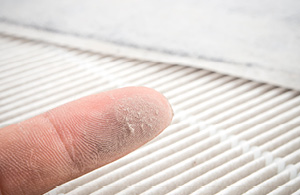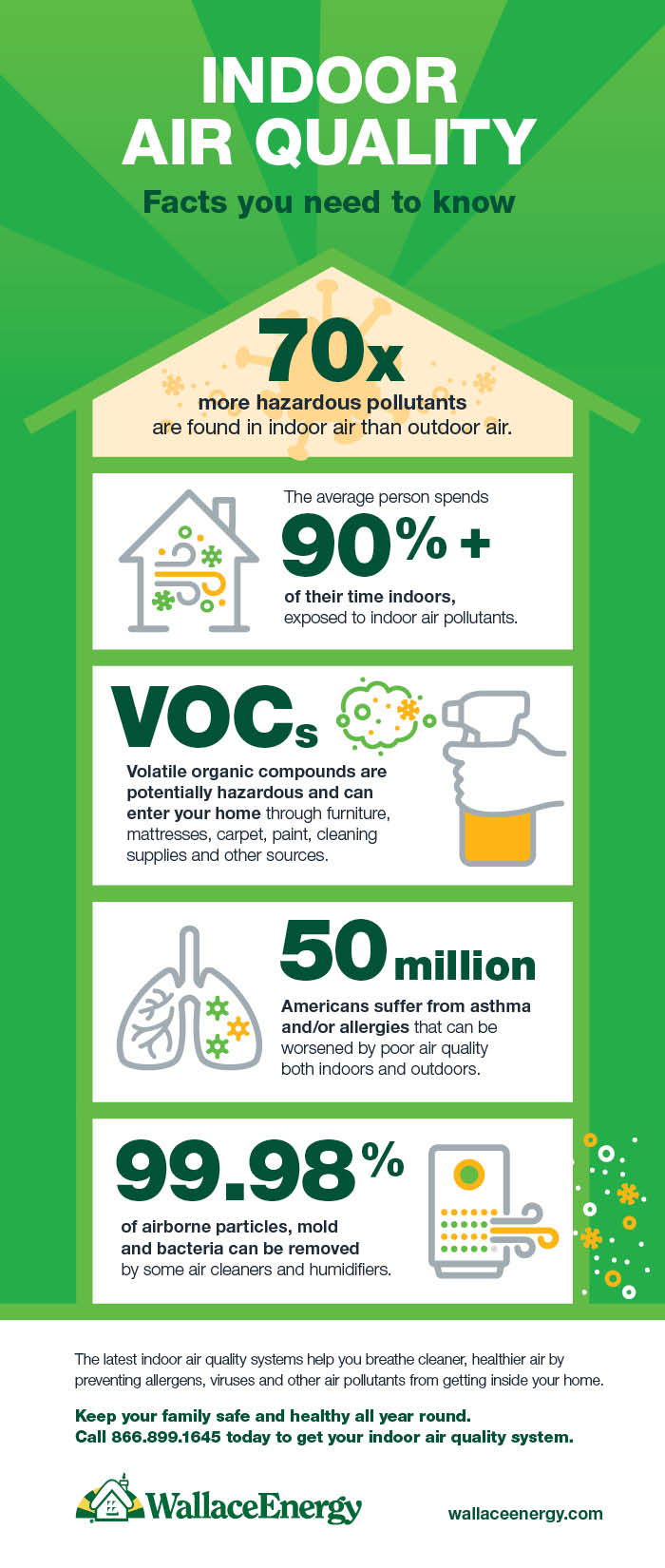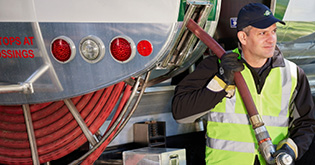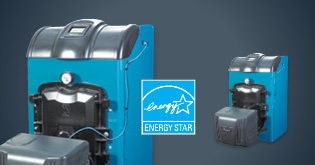
How to improve your home’s indoor air quality.
 Since
the average American spends 87% of their life indoors, it’s important that the air we breathe while we are indoors be as healthy and clean as possible. Even the cleanest home is affected by indoor air pollutants, including:
Since
the average American spends 87% of their life indoors, it’s important that the air we breathe while we are indoors be as healthy and clean as possible. Even the cleanest home is affected by indoor air pollutants, including:
- Contaminants brought in from outside by pets
- Dangerous gas leaks
- Carbon monoxide is a common air pollutant resulting from natural gas that escapes into homes without being burned off
- Asbestos and lead particles in older homes can damage the lungs when released into the air
- Mold and mildew in bathrooms and kitchens can become a nuisance where moisture levels are typically higher than in the rest of your house
7 easy ways to help prevent these air pollutants from entering your home and improve your home’s indoor air quality.
- Change your AC filter
AC systems work around the clock in hotter months to make your home a comfortable temperature. But while they’re cycling through all that air, they’re also filtering out some of those common air pollutants. Eventually, AC air filters fill up and stop doing their job effectively. This can cause trouble for your indoor air quality and wear down your AC system, potentially leading to costly repairs. Change your AC filters regularly, or get an air conditioning service plan which normally includes a filter change – especially if you are allergy-prone or live in a metropolitan area with high levels of pollution. - Don’t forget about other air filters
Be sure to check the filters in your other household appliances, like your vacuum cleaner, clothes dryer and kitchen vents. These should all be inspected and maintained periodically and if possible, replaced every few months. - Control the humidity inside your home
Humid and moist conditions breed mold and mildew that can trigger respiratory issues like allergies and asthma, particularly during the hot summer months. Reduce the amount of moisture in the air and curb the growth of irritating molds with a few well-placed dehumidifiers. There are a variety of humidifiers available that can help maintain consistent humidity levels in your home. - Check your air ducts
Air ducts are responsible for distributing hot and cold air throughout your home, providing a comfortable climate in every room. However, ducts that are not installed or maintained properly can distribute contaminants from one room to another. Over time, dust, dander and even mold can accumulate in air ducts, reducing overall air quality. Hire a professional to make sure your ducts are circulating fresh, clean air in your home and have them cleaned if required. - Keep carpets and rugs clean
These items act as their own air filters, trapping dust and other particles in their many fibers. Make sure to clean carpets and rugs weekly to avoid buildup of dust and other air pollutants. - Use indoor plants to freshen the air
Plants are nature’s natural air filters. Buying a few indoor plants can do wonders to improve the indoor air quality in your home. Smaller plants like ferns and lilies (which bloom indoors) and larger palm trees are the best options to pull contaminants out of the air. - Use cooking vents
Gas stoves can release harmful contaminants, including carbon monoxide and nitrogen dioxide. Even electric burners produce the same pollutants in lower levels, as well as other particles that can be easily absorbed by the body. Always switch on your kitchen vents and fan or open a window to help filter out the air even more when cooking.
A heating and AC system service plan can help you take care of HVAC system filter replacement. As your local home service experts, we have the service plans to help you do it. If you really want to be sure to breathe healthier, cleaner air indoors, we have a range of the latest indoor air quality systems and can easily install one in your home. Contact us today for more information.




.jpg?sfvrsn=f899b5b1_1)
.jpg?sfvrsn=4d57d9b7_3)